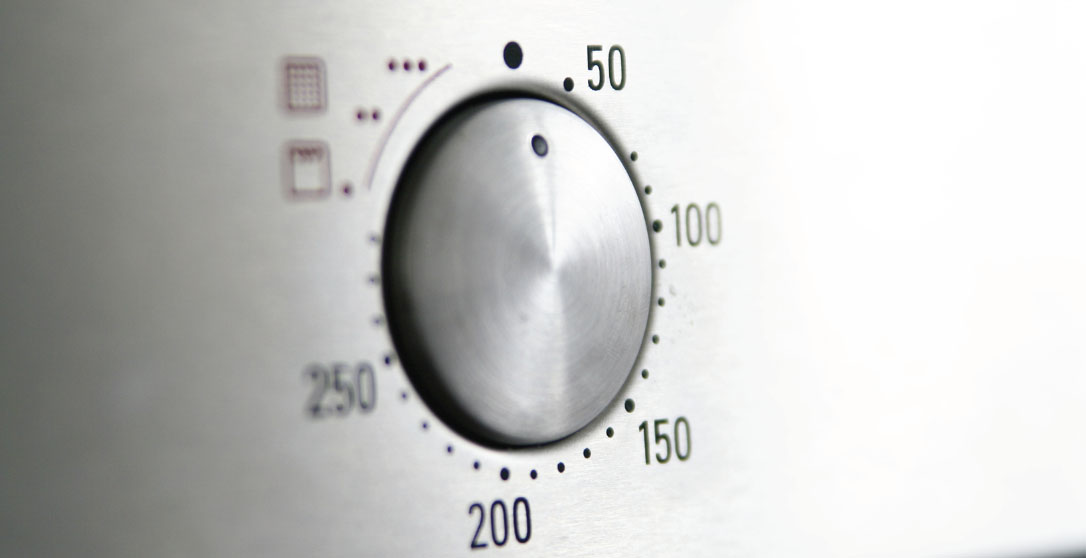
Chefs are often a downbeat bunch. Planning for catastrophe comes naturally to those working in what has – for the last decade or so – been a frustratingly precarious sector. Hoping for the best, yet preparing for the worst, has been an insulative approach that has resulted in dogged resilience where survival has been almost the sole metric by which success has been measured.
Even prior to the pandemic there was a general feeling of unease in the sector, lying somewhere between malaise and cautious pessimism. This in spite of the fact that the pre-pandemic years saw unprecedented growth within hospitality, a boom in international travel, a stable and buoyant economy, manageable levels of inflation and generally positive consumer sentiment. It’s easy to say in hindsight, but we really had ‘never had it so good’.
That the pendulum would swing seems obvious now. That it would swing quite so violently was less obvious to predict. Inherent cracks became unassailable chasms. Talent pools were diminished and cost increases appeared at a time when consumers were feeling both less confident and less well-off. That there has been a shakeout is undeniable. Insolvencies and closures of hospitality businesses reached record levels in 2023 after two years of already difficult trading. Despite falling inflation, cost pressures have remained challenging and there still aren’t enough workers in the sector to meet demand. Maintaining a positive outlook can be difficult, to say the least.
A shift in focus
But it’s time for us to leave the doom and gloom behind and shed the negative mindset that was required to see us through the last half decade. Sometimes all that is needed to enjoy a whole new perspective is a small shift in focus. There does seem to have been a significant change in the value given to hospitality as a career, both from customers and operators. The diminished talent pool resulted in a seller’s market which (not before time) has increased wages and improved conditions in both back- and front-of-house positions.
Now there is a greater awareness of the level of skill required to successfully navigate a career within the sector and how having the right personnel can positively impact the customer experience. There has been a positive shift in understanding how restaurants can diminish the precarious nature of their business by taking steps to reduce no-shows and last-minute cancellations. Policies that would have been seen as off-putting to diners a few years ago – such as taking pre-payments – are commonplace, as are clearly defined consequences for customers who fail to honor reservations.
Technological improvements have enabled efficiencies to be baked into some of hospitality’s most labor-intensive elements. Reservations, CRM, and ordering have all become easier and less time consuming thanks to accessible and cheaper tech – a great deal of which can be used remotely. What was unthinkable a decade ago is now so commonplace we don’t even consider it a giant leap in the right direction. Direct communication with an engaged customer base is also far easier and less costly than it has ever been. A good idea launched into a fair wind can easily see an operator’s establishment becoming an internet sensation.
Finally – and this is a biggie – things can’t possibly get any worse. This might seem like a cop-out or straw-clutching, but we have to bear in mind that the last few years have been the toughest the industry has faced and many of us (most of us) are still here and still cooking for a hungry, engaged clientele. In spite of everything, every storm we’ve weathered, restaurants all over the world have stayed strong and remained open. It’s time to pat ourselves on the back, give ourselves a break and look forward to a brighter future instead of gazing into the dark clouds of the past few years.
The Secret Chef
